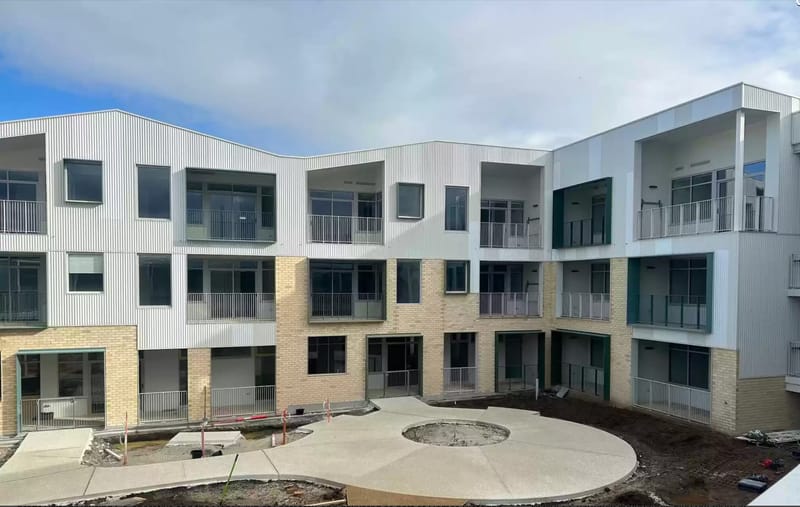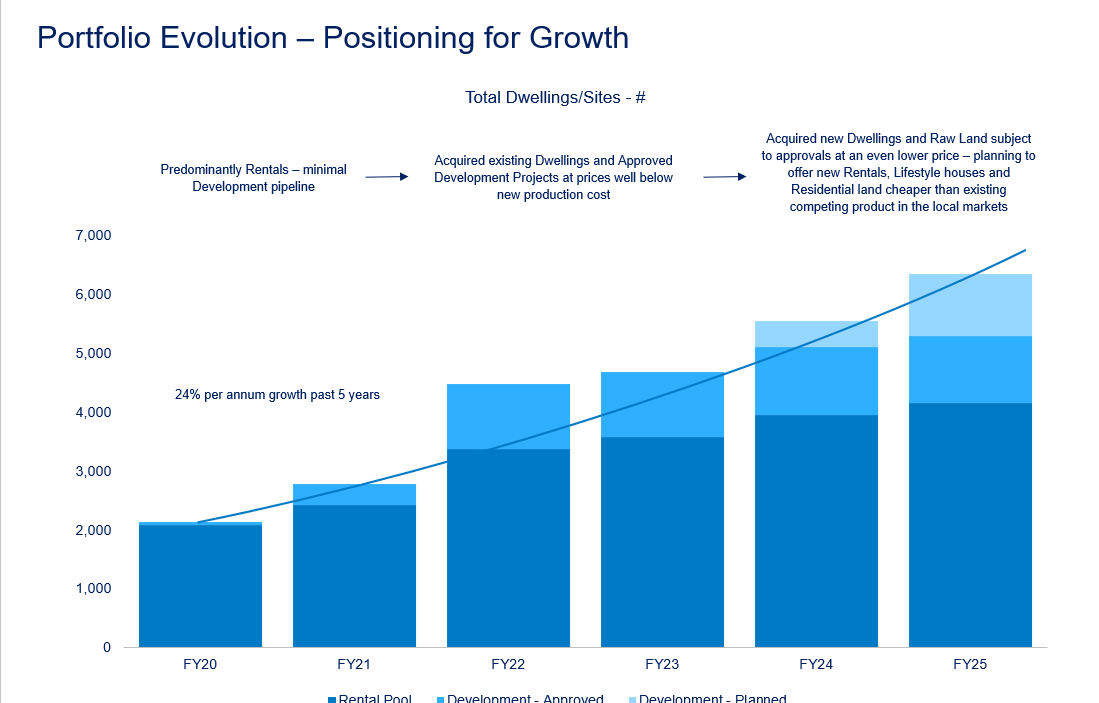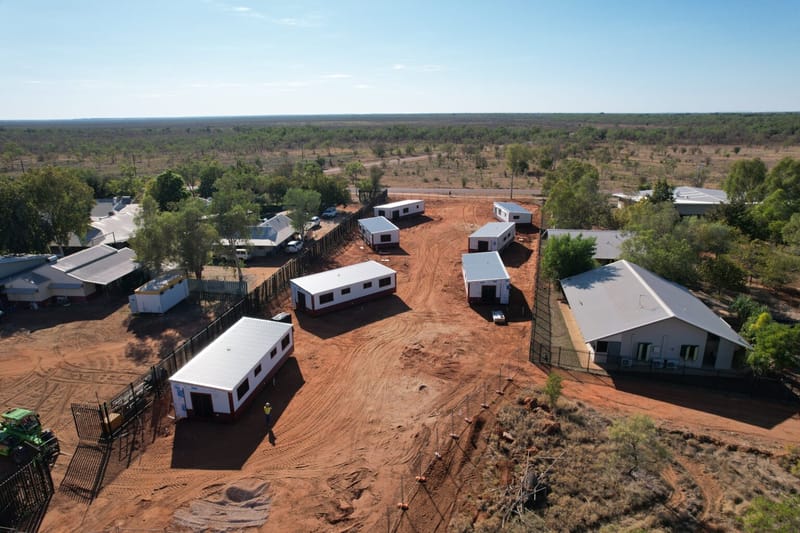NZ retirement villages powering ahead in COVID market – enquiry up 30%
The RVA NZ has just released a review of retirement village penetration in Tauranga City, 220km south of Auckland, an area of 168 km² and a population of 131,500 people. It has the country’s highest market share of retirement village residents...

The RVA NZ has just released a review of retirement village penetration in Tauranga City, 220km south of Auckland, an area of 168 km² and a population of 131,500 people. It has the country’s highest market share of retirement village residents – around 31% of the City’s +75 population live in a village. This compares with the sector’s NZ-wide market share of 13.9% of the +75 population. There are 3,090 retirement village units spread across 26 villages in Tauranga City. Three new villages will contribute 860 new homes while ten expanding ones will add a further 841 units, adding a further 55% to the city’s retirement housing stock. Meanwhile, Australian penetration of retirement villages for people aged 75+ is just slipping from 7% down to 6%. NZ has a population of 4.8 million people, compared to 26 million in Australia. John Collyns, Exec. Director of the RVA NZ, was telling us this week that 1,970 new village homes were delivered last year, approximately the same as Australia. This equates to 37 each week. They have 80 existing villages that are expanding and 80 in the active development pipeline. We estimate that about 40 new villages are in our pipeline. And now COVID is boosting the market appeal of NZ villages, with reports that enquiry is up 30% in 2020. The market attraction is the product NZ villages deliver – a continuum of care – and trust. A June 2020 White Paper delivered by JLL demonstrates that villages emphasise the delivery of services in the residents’ own (village) homes. Here in Australia, villages do not have the same community positioning, except progressive operators like LDK.
Few in the sector appreciate that 29% of Australia’s 2,000 villages now are co-located with residential aged care on the same campus. But we promote the separation of the two services rather than the benefits they can bring.The opportunity is there for Australia. See the next story from the Royal Commission and then Shane Moran. Will we grab it?





